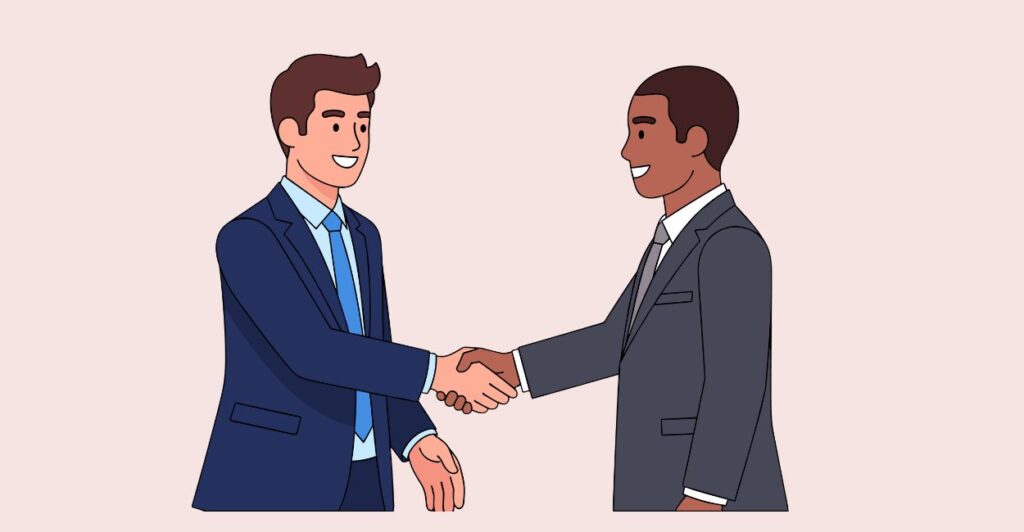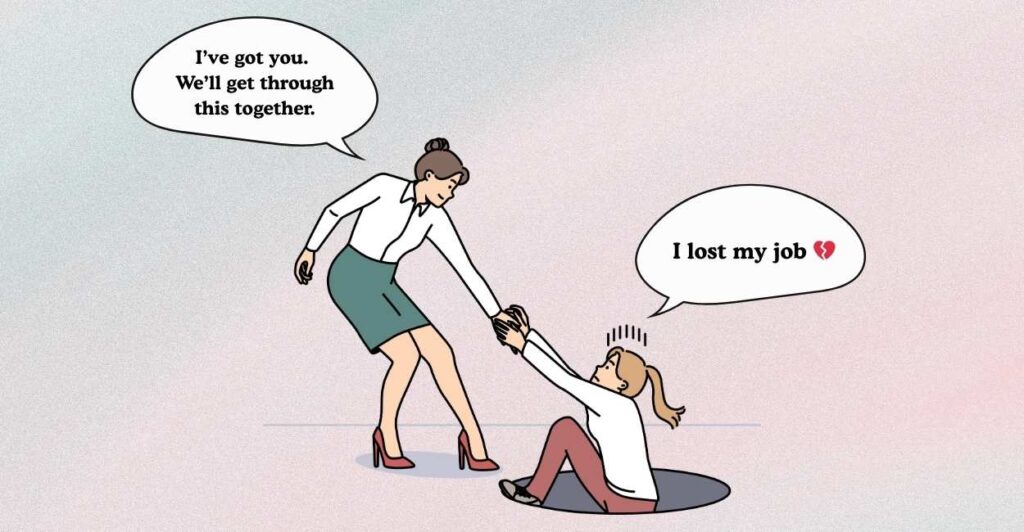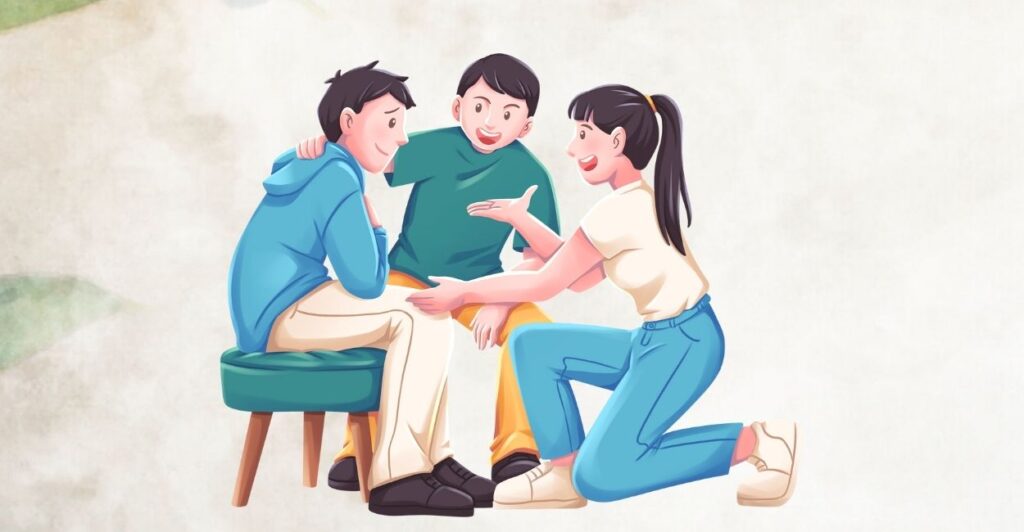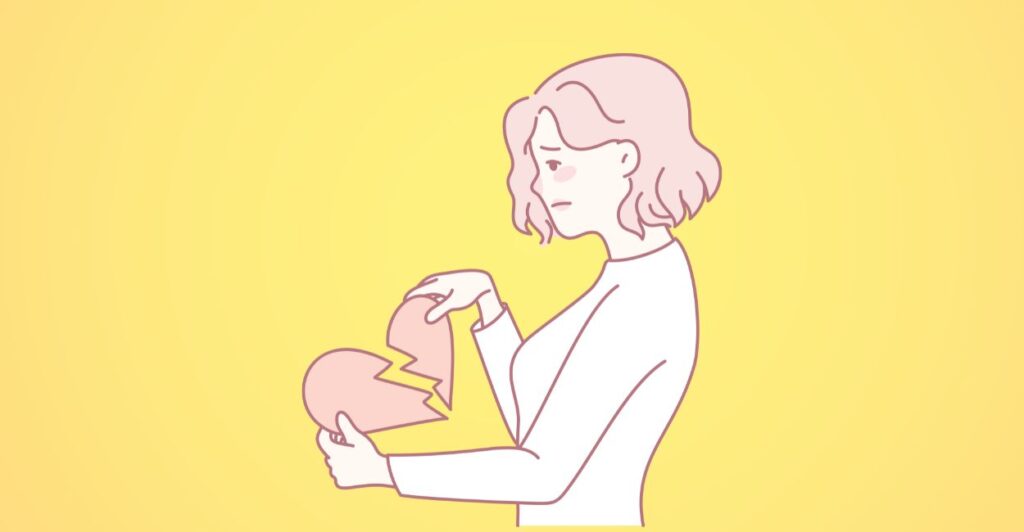How to Reconnect with Childhood Friends: Experts Share How to Bring Back the Bond

As adults, we often wonder – how to reconnect with childhood friends? Indeed, childhood friendships are magical. Because they’re all about laughter, secrets, and simple joy — long before life became complicated with responsibilities and unnecessary errands. Despite all this, as we grow up, we often drift apart from those who once meant the world to us.
Reconnecting with a childhood friend can be an emotional experience. Sometimes, you reconnect in a second, and sometimes the bond feels alienated. But, if you want to take this forward and wish to reconnect with your childhood buddies, then we have you covered with some expert comments.
So, here’s how experts suggest rekindling childhood friendships, along with additional strategies to make the reconnection meaningful and lasting.
What Experts Have To Say On How To Reconnect With Childhood Friends?
Here’s a goldmine of tips from the experts –
1. Start with something simple and genuine
When it comes to breaking the ice, simplicity wins. “Start with something simple and genuine. A quick message like ‘Hey, how are you?’ is a good start. You don’t have to make it a big deal or explain why it’s been so long. Just open the door and see where the conversation goes,” says Aja Chavez, EMDR-trained LMFT and APCC Executive Director of Adolescent Services, Mission Prep Healthcare.
Instead of overthinking and struggling over a perfect text or apology, reach out with utmost warmth. Friendships, especially long ones, often pick up where they left off once you take the first step. If not text, start on a humorous note by sending a meme, a photo, or a “remember when” story. Include anything that feels natural, not formal.
2. Reflect on why you want to reconnect
Before hitting that send button, take a moment and try to understand your own intentions. Ask yourself, “Am I seeking closure, comfort, or companionship?” According to Sarah Valentine, Clinical Psychologist, Cova Psychology, before reaching out, one must recognise that both they and their old friend might have changed.
She adds, “Expecting things to be exactly as they once were can lead to disappointment. Instead, approach with curiosity. Assume connection is possible, but remember you are also getting to know someone new. The goal isn’t to recreate the past, but to build a friendship that reflects who you both are now.”
Valentine also adds, “Pause and ask yourself why you want to reconnect. Is it nostalgia, a desire for emotional support, or an attempt to repair a drift or misunderstanding?”
She reminds us that nostalgia itself can be powerful and healing. “Nostalgia, once seen as sadness, is now known to be beneficial. Research in Current Directions in Psychological Science shows that nostalgic reflection can lift mood, enhance social connectedness, and strengthen our sense of meaning.”
3. Reconnect from a place of authenticity
If you’re thinking of reaching out just because everyone else seems to be reconnecting, pause for a while. If you are looking forward to reconnecting, do it for yourself and because you genuinely care for the person. Please don’t do it for the world!
“Reconnecting with childhood friends begins with intentional reflection and vulnerability. Before approaching them, it can be helpful to first consider what you value about that friendship. Reaching out with a simple, genuine message like ‘I was thinking about you and would love to catch up’ sets a warm, low-pressure tone,” says Dr. Carolina Estevez, Psychologist, Soba.
Estevez further highlights that successful reconnections are not about nostalgia alone but about authenticity. Don’t pretend to be the same person you were years ago; instead, embrace the changes and show up as your current self.
4. Lead with curiosity, not expectation
Childhood friends often remind us of who we once were. That’s comforting, but you must know that it can also stir up complex feelings.
Melina Alden, LMFT, cites, “From a therapist’s perspective, reconnecting with childhood friends can be both meaningful and emotionally complex. Often, people seek out these connections when they’re craving a sense of belonging, nostalgia, or grounding — like something familiar that reminds them of who they were before the rest of life happened!”
Furthermore, Melina Alden suggests, “Start with curiosity, not expectation. People change over time, and approaching the relationship with openness allows space for it to evolve naturally.”
Amidst this, her most crucial reminder? “Let it be ok if it doesn’t go as planned. Even if the friendship doesn’t rekindle, reaching out can still offer closure or a sense of gratitude for what once existed.”
5. Offer a small gesture, not a big ask
Reaching out after years apart can feel intimidating. Cindy Cavoto, Founder, CindyCavoto.com, recommends lowering the emotional pressure by starting small. She says, “Reconnecting with childhood friends often stalls because we approach it like a high-stakes, one-time sales call. Instead, you need to initiate the connection by giving something small, relevant, and without expectation.”
She continues, “Share a specific, high-value piece of shared history as your opening move. Send a vintage photo, a link to a song you both loved in sixth grade, or an article about a niche interest you shared.”
So, wondering how to reconnect with a childhood friend? Then, such gestures instantly revive the warmth of shared memories and help you reconnect effortlessly — without awkwardness or pressure.
6. Use shared memories to break the ice
Nothing reignites familiarity like a shared story.
“One of the most effective strategies I recommend is to start with shared memories. Opening a conversation with a reference to a meaningful moment or activities —like a school trip, a favorite hangout spot, or a funny story—creates instant familiarity,” says Amir Husen, Content Writer, SEO Specialist & Associate, ICS Legal.
Amir also emphasizes not letting guilt stand in the way. He adds, “Many people hesitate to reach out because they feel guilty about the years of silence. A simple, honest acknowledgment— “I know it’s been a long time, but I’d love to catch up’—is far more effective than lengthy apologies.”
Shared memories act as emotional bridges — they bring comfort and remind both people of the bond they once shared.
7. Reconnect in a low-pressure setting
If your friend responds positively, don’t rush into an intense, hours-long catch-up. Instead, keep the first interaction light and casual, maybe over coffee, a phone call, or even a few texts. Give them some time to adjust and respond to these new changes.
You’re not just revisiting old memories; you’re rediscovering who they are now. Let the conversation flow naturally from the past into the present. You can gradually start by asking them about their life, work, or family. Additionally, share how you’ve changed since school days. Or narrate a few funny “remember when” moments to break the ice.
This relaxed approach allows the friendship to evolve without the pressure of expectations. Mohammed Kamal, Business Development Manager, Olavivo, suggests a great tip. “Acknowledging the evolution of your relationship allows for more authentic interactions. Focus on the present while valuing past experiences, enabling you to connect as evolved individuals.”
8. Respect that not every friendship will rekindle
Sometimes, despite your best intentions, the friendship doesn’t return, and that’s ok. People grow apart, priorities change, and emotional chemistry changes. Instead of feeling disheartened, view the experience as an act of closure. You honored the friendship by reaching out, which indeed is valuable.
“Not every reconnection will become close again, and that’s ok. Some friendships are best remembered fondly; others return in new forms—perhaps lighter, but still meaningful. Accepting this ebb and flow protects against disappointment and opens space for authentic connection,” says Sarah Valentine.
Think of reconnection as planting a seed – some grow into thriving new relationships; others remain a fond memory that brings peace.
9. Keep the connection alive gently
Reconnecting isn’t a one-time event; it’s a gradual rebuilding process. Once you’ve broken the ice, nurture the bond without overwhelming it. Small gestures can go a long way — send a birthday message, comment on their updates, or share an occasional memory. Consistency matters more than frequency.
As Sarah Valentine notes, “Reconnection isn’t a single event but an ongoing choice. Small gestures—remembering birthdays, sharing memories, or checking in—can keep the bond alive without demanding constant contact.”
10. Let nostalgia inspire growth
Reconnecting with a childhood friend can also help you reconnect with yourself. The conversations, memories, and laughter often remind you of who you were before adulthood’s layers built up.
These interactions can reignite forgotten passions, old dreams, or even a sense of innocence you didn’t know you missed. Nostalgia, when balanced with presence, becomes a powerful emotional anchor — reminding you how far you’ve come while grounding you in gratitude.
Over to you…
We believe we have given you enough tips on how to reconnect with childhood friends. You must understand that reconnecting isn’t about rewinding time; it’s about rewriting your shared story with maturity and warmth.
You may discover that your paths have diverged, but that doesn’t diminish the beauty of what once existed. The act of reaching out, even with a simple “Hey, how have you been?” — can reopen emotional doors that bring comfort, laughter, and healing.
Some friendships will grow anew, some will gently fade, and some will stay beautifully suspended in memory. Whatever the outcome, the effort to reconnect shows courage, nostalgia, and heart — three things that never truly grow old.











